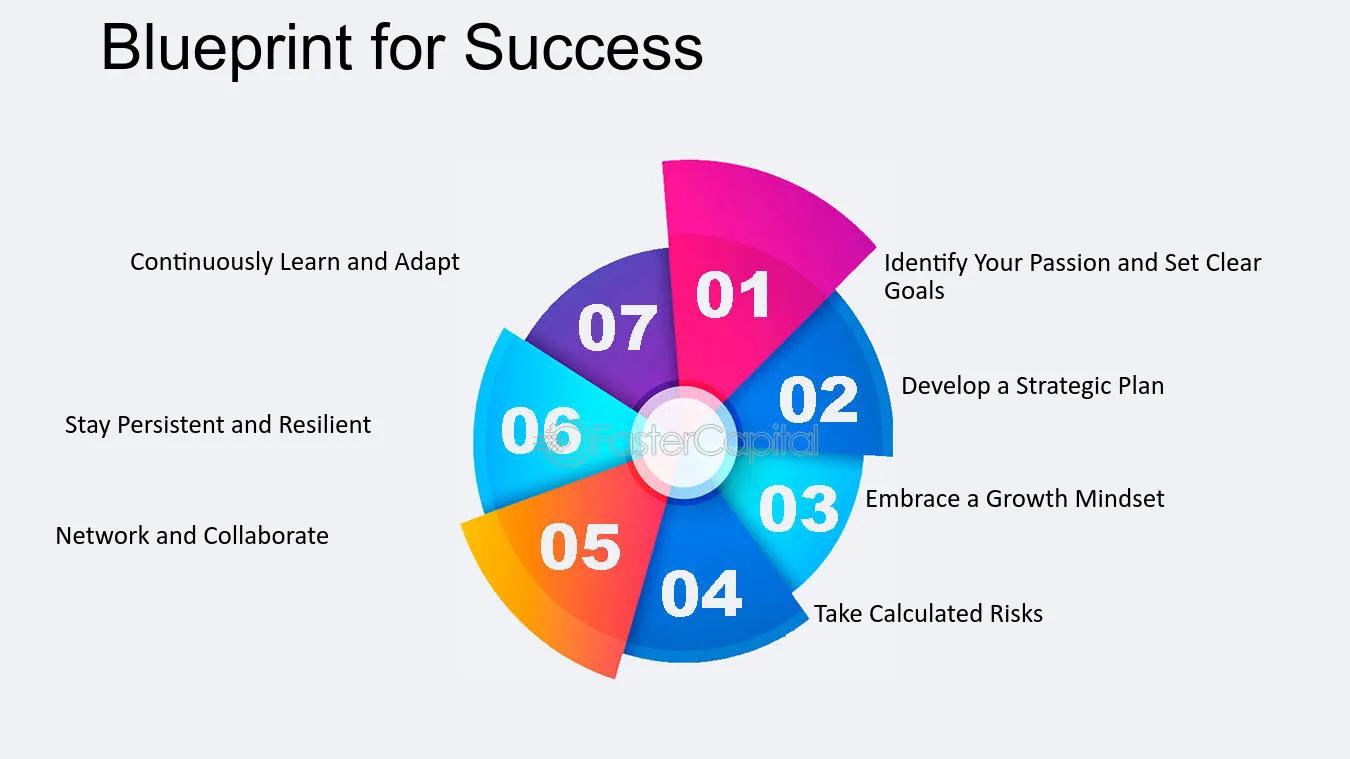Define Project Goals:
Before diving into the vast sea of programming languages and frameworks, it's crucial to have a clear understanding of the project goals. Are you building a web application, a mobile app, or a data analysis tool? Each type of project has specific requirements that will influence your technology choices.
Consider Scalability:
If your project is expected to grow over time, scalability becomes a key consideration. Some languages and frameworks are better suited for handling large-scale applications, so choose technologies that align with your scalability needs.
Evaluate Performance Requirements:
Performance is often a critical factor, especially for applications that demand quick response times or handle large datasets. Consider the performance characteristics of different technologies and select ones that meet your application's performance requirements.
Assess Development Team Skills:
The expertise of your development team plays a vital role in the selection process. Choosing technologies that your team is familiar with can lead to more efficient development and better problem-solving.


